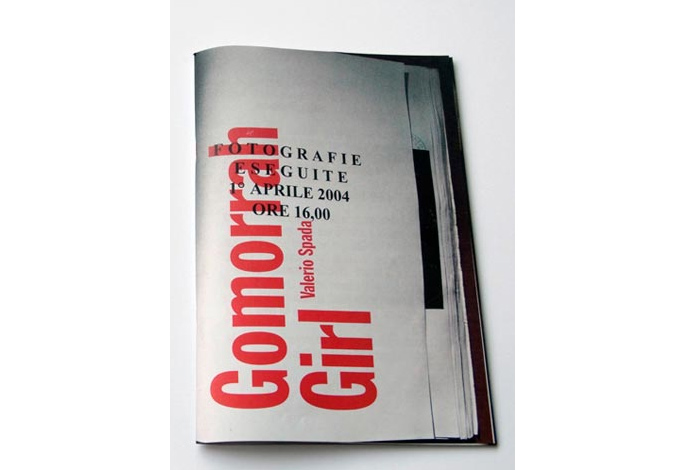Review: Gomorrah Girl by Valerio Spada

On March 27th, Annalisa Durante, a fourteen year old teenager, was shot in the head during a Camorra related shoot-out. Two days later, she died from her wounds. Depending on where we live, we are used to these kinds of news. Murder just keeps happening. It becomes background noise, and it takes more than just some news report to alert us to what is going on. Putting a name and face to a death might help, but often, even that is not enough. In the media, there typically are two kinds of responses: The first focuses exclusively on the victim, while ignoring everything about the environment. The other response only focuses on the environment, treating victims in a statistical fashion. (more)
It is easy to see why doing one without the other isn’t a good idea. Numbers are just numbers, and individual fates alone offer little ideas how to solve a problem. Valerio Spada’s Gomorrah Girl is an example of how things can be combined. In a nutshell, Gomorrah Girl consists of two books in one. The book is made to look like a bunch of pages carelessly stapled together. The larger pages - scans of pages - consist of parts of the official police report about the death of Annalisa Durante. You are led to think that you are in fact looking at that report. Inside, with pages alternating, Spada’s photographs are inserted, using a different paper, of different size (see the photographer’s website for spreads from the book!).
The police report shows you the evidence of the crime. Photographs of the locations, photographs of the various bullets, etc. There is no photograph of the victim in the report. In Spada’s photographs, her face appears in a single - the first - photograph. The image shows the upper chest of her father, and you get a glimpse of her in his necklace. The photographs, sequenced very smartly, then lead you into the world she was living in, the world that eventually killed her, to then show you some of the other young women that still live there: Gomorrah Girls. Things are getting connected, the fate of a young woman, coldly reported by the police, and the many other young women, still living in that same environment, being subjected to the very same, potentially deadly, but certainly destructive forces.
If you’ve followed this blog closely over the past few months, you probably have an idea who might have designed the book or where the designer might be coming from. It was Sybren Kuiper, known as -SYB-. With its setup, Gomorrah Girl is similar to Baghdad Calling by Geert van Kesteren, and it works just as well. The book’s photography is sobering, and the reader is left to wonder what the future will bring for these Gomorrah Girls. Not much good, one must assume.
Gomorrah Girl, photography by Valerio Spada, 40 + 40 pages, Cross Editions, 2011